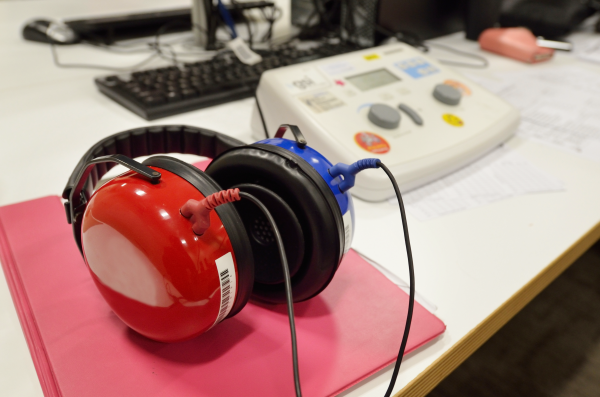The federal government's Hearing Assessment Program – Early Ears (HAPEE) program provided over 14,000 First Nations children with free clinical assessments of their ear and hearing health over the past year.
Established in 2019, the program aims to reduce ear disease and prevent hearing loss in young First Nations children.
Hearing Australia runs the HAPEE program.
Last year, around 49 per cent of children were found to have undiagnosed ear disease, and 26 per cent had undiagnosed hearing loss.
NDIS minister Bill Shorten MP said the HAPEE program is making a difference in the early identification of ear disease and hearing loss in young First Nations children.
“More than 60 per cent of children seen for a follow-up appointment now have better ear health and hearing, and this is just wonderful because not only is access to sound important for early language development, it is integral to Aboriginal and Torres Strait Islander people’s connection to culture, family, community, and history,” he said.
“These results would not be possible without the strong support of local community-controlled health services.”
A recent evaluation of the HAPEE program found parents and health workers agreed that it is helping to identify problems early and has helped them understand more about ear health.
“The early identification of otitis media and hearing loss and referral to specialist treatment and support services is crucial to closing the gap in hearing health and preventing long-term impacts of hearing loss on speech, language, social and emotional wellbeing,” said health minister Mark Butler.
“Unfortunately, despite significant investment, the number of First Nations children being identified with ear disease, preventable ear disease and hearing loss is not reducing.
“This is why the Government is partnering with the First Nations community-controlled sector, Hearing Australia and hearing health experts to streamline program funding and transition service delivery to the community-controlled sector, in line with Priority Reform Two under the National Agreement on Closing the Gap.
“This work will be guided by a national strategy to reduce preventable ear disease and hearing loss among First Nations children currently being developed by the National Aboriginal Community-Controlled Health Organisation (NACCHO).
“It is critical that we continue to build the capacity and capability of Aboriginal community-controlled health services to ensure they are able to deliver the culturally safe and effective services needed to improve the hearing health of their communities.”
